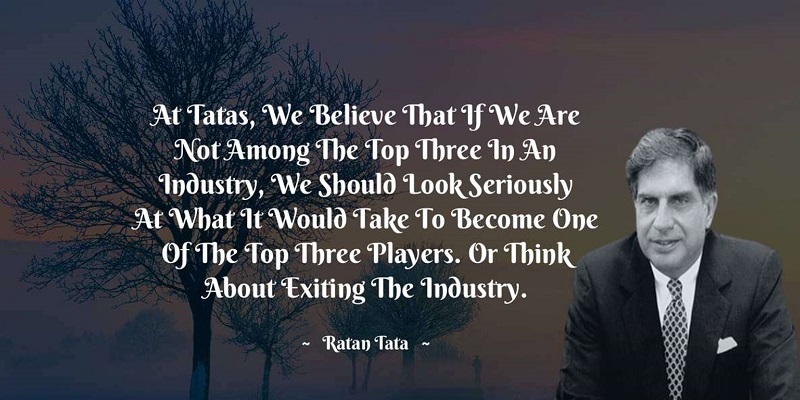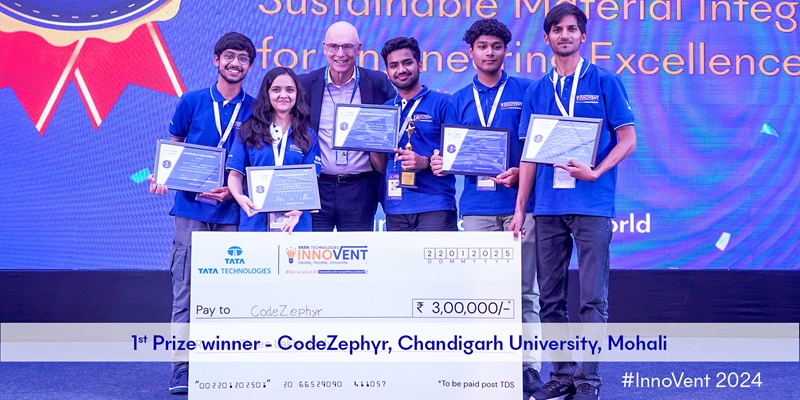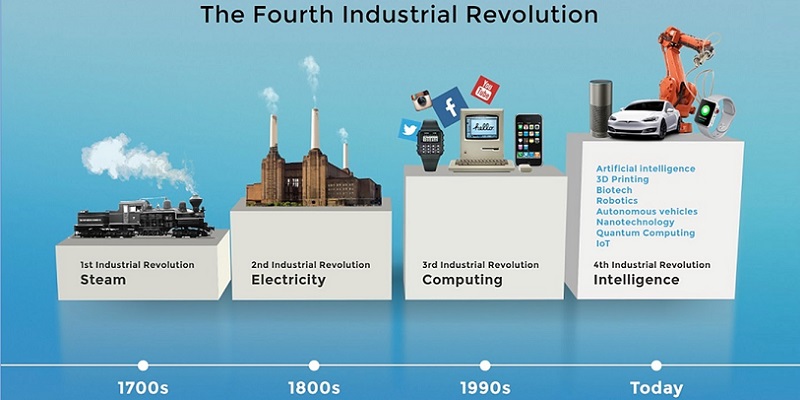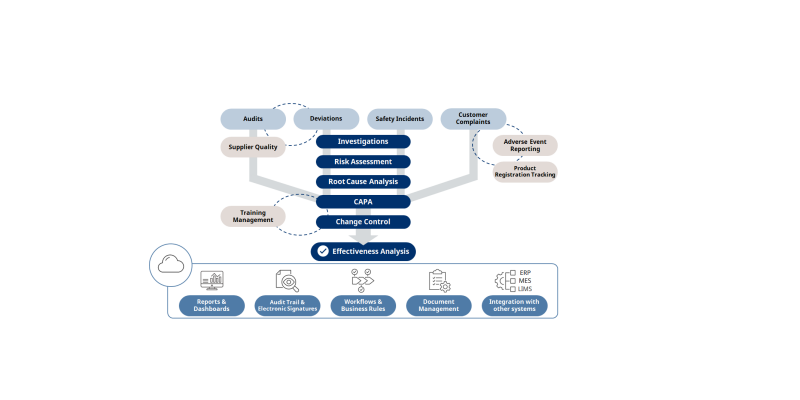Schedule a Call Back
A tribute to Ratan N Tata
 Articles
Articles- Oct 11,24

Related Stories

Tata Technologies announces winners of InnoVent 2024
The hackathon saw participation from 9,389 participants from 267 colleges, resulting in 2,516 unique projects, with the journey culminating in the Demo Day at Tata Technologies Hinjewadi, Pune campu..
Read more
Interarch wins Rs 2.21 billion orders in plant construction from Tata Projects
This is Interarch’ s second lithium-ion battery manufacturing order, after Exide Energy Solutions.
Read more
A new future: The advent of a ‘provice’
This is a new era, where each product is a combination of product and service, and hence, there is an urgent need of a new term for this new creature. My choice is ‘provice’, till a better name ..
Read more













